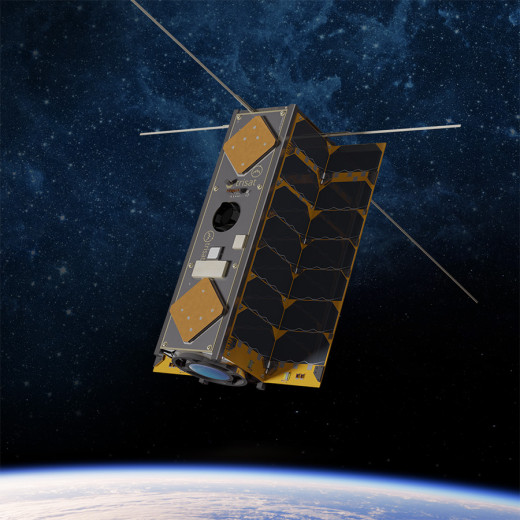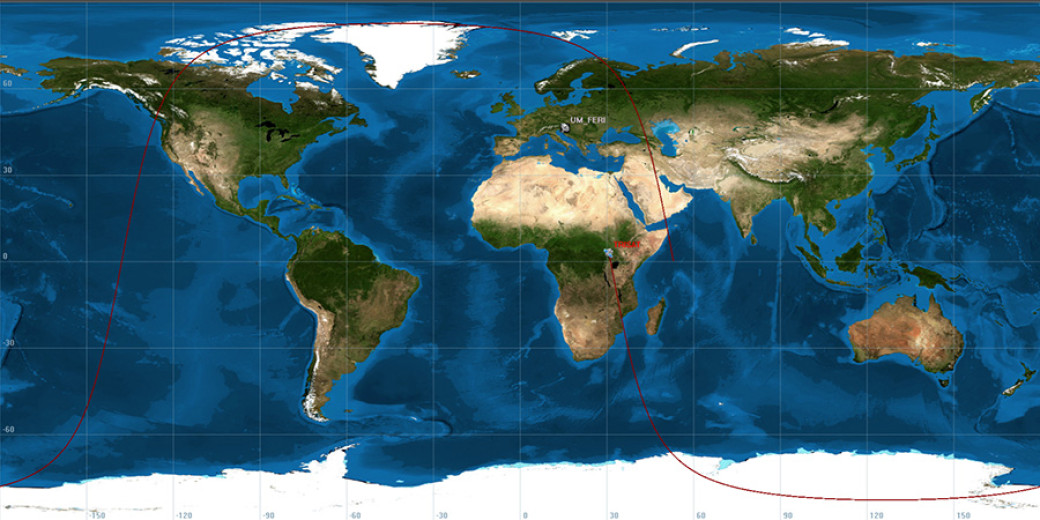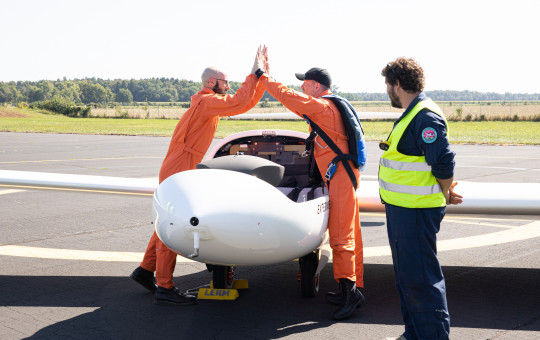Date: 10. November 2025
Time to read: 4 min
Although Slovenia may appear as a tiny fragment of Earth when viewed from space, its role beyond our planet is becoming increasingly significant. In September 2020, the first pair of Slovenian satellites was launched from French Guiana, marking Slovenia's entry into the group of nations engaged in space exploration. This historic milestone proved that Slovenian expertise and innovation reach far beyond conventional technological limits. Five years later, it is time to look at how these projects have evolved and what they mean today.
A little giant in space
Trisat – a name derived from Mount Triglav and satellite – is the first satellite designed, manufactured and assembled in Slovenia. The satellite was developed by the University of Maribor and the Slovenian company Skylabs.
With Trisat, Slovenian scientists and engineers demonstrated that even a remarkably small satellite, weighing less than 4kg, can combine an exceptional range of functionalities.
Its hardware and software were miniaturised and adapted to withstand the extreme conditions in space. Small satellites are crucial because they make Earth observation more affordable, allowing more countries to access space.
The mission provided Slovenian engineers and scientists with a wealth of technical data. As explained by project leader Iztok Kramberger, the key information comprised "telemetry data capturing the performance of individual satellite subsystems, enabling precise monitoring of system stability, validation of energy models and analysis of the behaviour of electronic components in the space environment."
The findings are now being used to develop new Slovenian space technologies, particularly in the areas of energy efficiency, system reliability and optimisation of communication processes.
Following the success of the first Trisat mission, new generations of the satellite have already been developed, addressing new objectives and technological challenges.
Images of Earth from space
Launched alongside Trisat was the 60-kilogram satellite Nemo HD, distinguished by its ability to capture multispectral and high-resolution video footage of Earth.
From an altitude of 520 kilometres, the satellite can transmit real-time video, a true breakthrough for the European space community.
The satellite has achieved outstanding results in imaging river basins in the European Union, including the Slovenian rivers Sava, Soča, Meža and Savinja. It has also recorded numerous other river systems around the world, among them the Ganges, Amazon and Mekong, as well as the region surrounding Lake Victoria.
Earth Through the Lens of Nemo HD
As explained by Tomaž Rodič, Director of the Space-SI Centre of Excellence, which developed the satellite in cooperation with the University of Toronto, the data obtained provide "a valuable source of information for building computer models of river-basin ecosystems". Rodič added: "These models, now known as digital twins, are high-resolution numerical replicas of real ecosystems that accurately reproduce their characteristics – from the three-dimensional configuration of terrain, rivers, lakes and seas to the state of vegetation, soil moisture, distribution of human infrastructure and other elements influencing physical processes in natural and urban environments under given weather conditions."
Digital twins are of great importance, as they enable faster and more effective responses to global climate change – contributing to a better quality of life for people on Earth.
This is only the beginning
While Trisat demonstrated the potential of miniaturisation, Nemo HD showed the value of Earth observation from space. Together, these two Slovenian satellites stand as proof that Slovenia has the capability to develop its own space technologies. This remarkable achievement for Slovenian science, technology and the economy has laid a solid foundation for new opportunities in space exploration and the advancement of space technologies.








